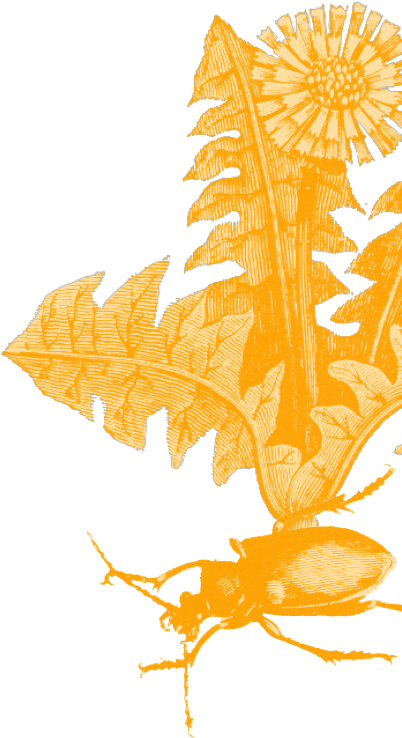Customer Notice: Due to a mechanical fault our platform lift is out of order. For accessible entry please use the West Entrance of the hall.
A world of wonder
Natural History Museum


Where history lives
Since opening in 1926, Wollaton Hall has been home to Nottingham’s Natural History Museum.
With a collection of 750,000 objects, ranging from fossils, minerals, plants and eggs to invertebrates, vertebrates, shells (molluscs) and taxidermy, as well as preserved ‘spirit’ animals and rare specimens from across the globe, Wollaton is the largest dedicated Natural History museum in the county.
For all things Natural History, follow George the Gorilla on Twitter @george_gorilla

Birds
Recreated in the style of a 1930s museum, the gallery contains birds and game heads, alongside contemporary specimens. Many collected in Ethiopia and Sudan by nineteenth century explorer Mansfield Parkyns with two specimens of the Shoebill brought to Europe in 1850.

Insects
Butterflies, moths, beetles and bugs from around the world. Focusing on the biology and life cycles of insects, see a Caribbean ‘cloud forest’ diorama with the birds and mammals dependent on termite colonies for food and nest sites.



Herbarium
A collection of preserved plants is a ‘herbarium’. Nottingham’s Natural History Museum contains 100,000 pressed plants and flowers from across the globe, as well as seeds and other botanical samples.

Spirit
Organisms preserved in jars of fluid or ‘spirit’ for soft-bodied animals that cannot be dried or undergo taxidermy. The spirit collection at Nottingham Natural History Museum contains 1,000 glass jars of preserved organisms from around Europe.

Geological
The geological collection of the Nottingham Natural History Museum contains 47,000 rocks, minerals and fossils. The fossils originate predominantly from Britain, while the rocks and minerals from across the world.


